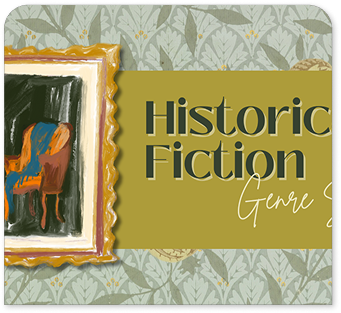HVPE 101-18 HUMAN VALUES, DE-ADDICTION AND TRAFFIC RULES
Course Objective: This introductory course input is intended
a. To help the students appreciate the essential complementarily between ‘VALUES’ and ‘SKILLS’ to ensure sustained happiness and prosperity which
are the core aspirations of all human beings.
b. To facilitate the development of a Holistic perspective among students towards life, profession and happiness, based on a correct understanding of the Human reality and the rest of Existence. Such a holistic perspective forms the basis of Value based living in a natural way.
c. To highlight plausible implications of such a Holistic understanding in terms of ethical human conduct, trustful and mutually satisfying human behavior and mutually enriching interaction with Nature.
Unit 1
Course Introduction - Need, Basic Guidelines, Content and Process for Value Education
Understanding the need, basic guidelines, content and process for ValueEducation Self Exploration–what is it? - its content and process; ‘Natural Acceptance’ and Experiential Validation- as the mechanism for self exploration Continuous Happiness and Prosperity- A look at basic Human Aspirations
Right understanding, Relationship and Physical Facilities- the basic requirements for fulfillment of aspirations of every human being with their correct priority Understanding Happiness and Prosperity correctly- A critical appraisal of the current scenario
Method to fulfill the above human aspirations: understanding and living in harmony at various levels
Unit 2
Understanding Harmony in the Human Being - Harmony in Myself!
Understanding human being as a co-existence of the sentient ‘I’ and the material ‘Body’ Understanding the needs of Self (‘I’) and ‘Body’ - Sukh and Suvidha Understanding the Body as an instrument of ‘I’ (I being the doer, seer and enjoyer) Understanding the characteristics and activities of ‘I’ and harmony in ‘I’ Understanding the harmony of I with the Body: Sanyam and Swasthya; correct appraisal of Physical needs, meaning of Prosperity in detail
Programs to ensure Sanyam and Swasthya.
Unit 3
Understanding Harmony in the Family and Society- Harmony in Human-Human Relationship
Understanding harmony in the Family- the basic unit of human interaction Understanding values in human-human relationship; meaning of Nyaya and
program for its fulfillment to ensure Ubhay-tripti; Trust (Vishwas) and Respect (Samman) as the foundational values of relationship Understanding the meaning of Vishwas; Difference between intention and competence Understanding the meaning of Samman, Difference between respect and
differentiation; the other salient values in relationship Understanding the harmony in the society (society being an extension of family): Samadhan, Samridhi, Abhay, Sah-astitva as comprehensive Human Goals Visualizing a universal harmonious order in society- Undivided Society (Akhand Samaj), Universal Order (Sarvabhaum Vyawastha )- from family to world family.
Unit 4:
Understanding Harmony in the Nature and Existence - Whole existence as Co-existence
Understanding the harmony in the Nature Interconnectedness and mutual fulfillment among the four orders of naturerecyclability and self-regulation in nature Understanding Existence as Co-existence (Sah-astitva) of mutually interacting units in all-pervasive space Holistic perception of harmony at all levels of existence
Unit 5:
Implications of the above Holistic Understanding of Harmony on Professional Ethics
Natural acceptance of human values Definitiveness of Ethical Human Conduct Basis for Humanistic Education, Humanistic Constitution and Humanistic
Universal Order Competence in professional ethics: a) Ability to utilize the professional competence for augmenting universal human order, b) Ability to identify the scope and characteristics of people-friendly and eco-friendly production systems, c) Ability to identify and develop appropriate technologies and management patterns for above production systems. Case studies of typical holistic technologies, management models and production systems
,Strategy for transition from the present state to Universal Human Order: a) At the level of individual: as socially and ecologically responsible engineers, technologists and managers b) At the level of society: as mutually enriching institutions and organizations
































































